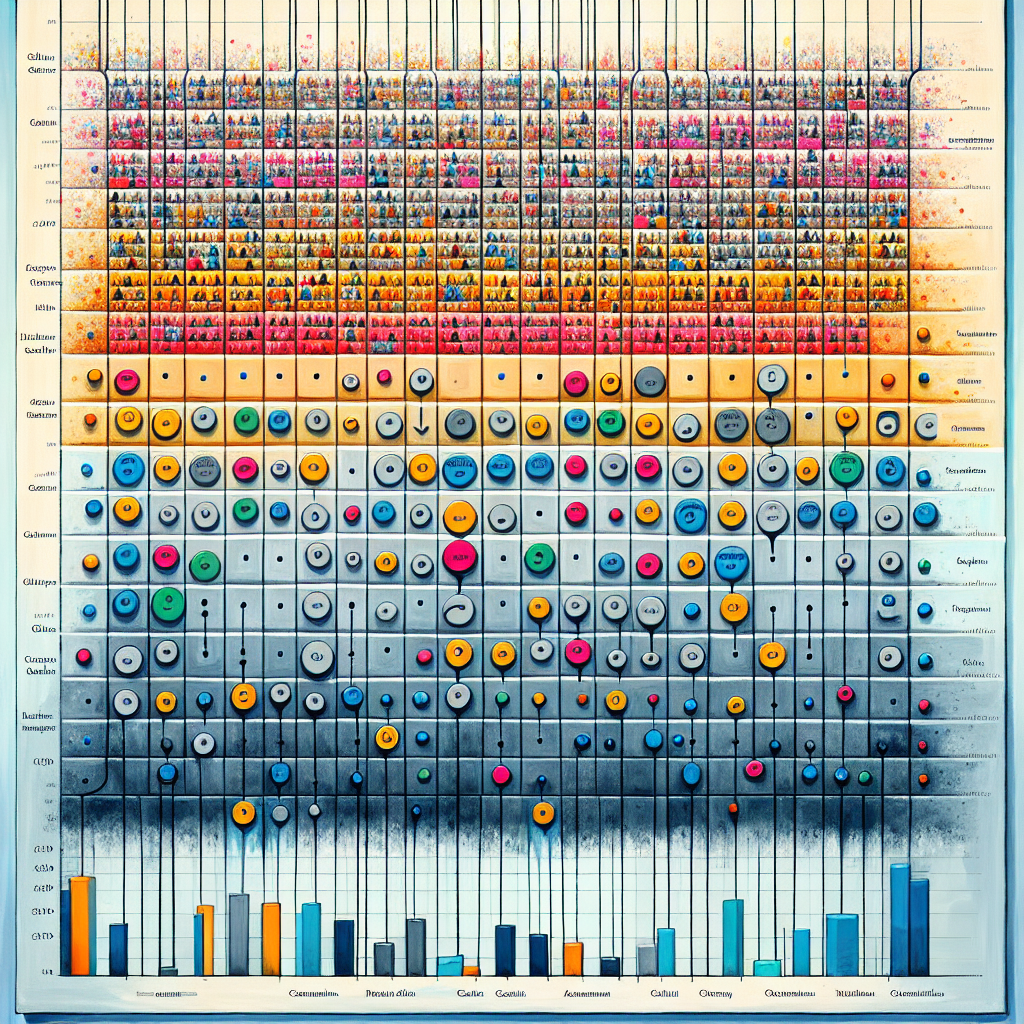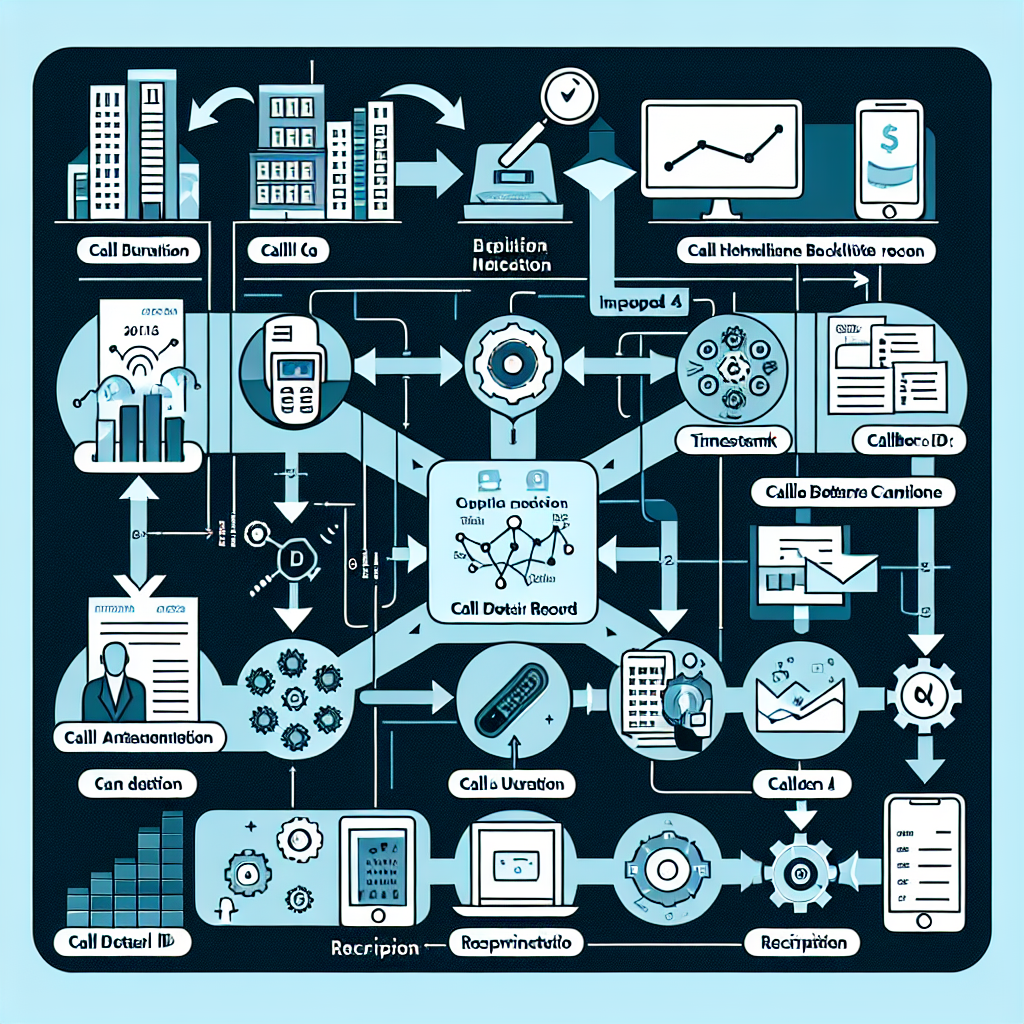
Every successful business understands the significance of retaining its existing consumer base. Often, the cost of acquiring a new customer considerably outweighs the cost to preserve a current one. A pivotal element in the customer retention scenery is the ability to anticipate and manage customer churn.

Customer churn , also widely known as customer attrition, refers to a scenario where the customers stop doing business with a company. The implications of churn are hardly negligible. Not only does it affect the revenue of a company, but it strikes hard on the overall brand image and loyalty. Hence, identifying and addressing churn should be a top priority for businesses.
Over time, businesses have traversed from a reactive approach of addressing churn to a proactive approach involving advanced predictive analytics. One revolutionary method that utilizes machine learning for this purpose is the Predictive Customer Churn Analysis. Nevertheless, it is pivotal to note that a better understanding of churn requires observation from multiple aspects, including customer feedback, transaction patterns, and a notably important yet often overlooked category: call patterns.
With the enhancement of machine learning techniques and the abundance of call data, predictive churn analysis based on call patterns is undergoing significant adoption. Every single engagement a customer has with the contact center serves as a valuable indicator of their satisfaction and potential churn. Further examination of these customer interactions through call pattern analysis can lead to breathtaking revelations and early warnings of customer defections, enabling businesses to tackle issues head-on before they escalate.
Given the profound impact of customer churn, a clear understanding of churn dynamics based on call patterns and exercising suitable countermeasures, are both critical for any business.
The rapidly evolving field of artificial intelligence (AI) has found applications in countless business and technological environments, one of which is analyzing call data to predict customer churn. Predictive customer churn analysis based on call patterns has invaluable potential for businesses looking to improve their customer retention rates. This section delves into the mechanics of how AI is leveraged to carve out these innovative solutions.
At the heart of this method lies machine learning models. These models process vast amounts of call data, interpreting patterns and correlations that might often go unnoticed by a human analyst. Machine learning algorithms can be trained to recognize early warning signs of customer unrest, like reduced usage or repeated complaints, which are strong predictors of customer churn.
Another significant AI technique applied in this setup is data mining. By mining the insights from large data sets, businesses can detect subtle shifts in consumer behavior that may signal impending churn.
For instance, the frequency or length of customer calls can change before a customer decides to switch services, and data mining can detect these changes in real-time, giving the company ample notice to take preemptive action.
While these advances in AI have made it easier to anticipate customer behavior, it must be remembered that this technology represents a toolset. The information yielded by machine learning models and data mining must be properly interpreted and strategically acted upon to successfully reduce customer churn. As such, it’s fundamental to place equal emphasis on using this technology effectively, not just acquiring it.
In turn, businesses can stay a step ahead and ensure that their customers are satisfied, increasing overall customer loyalty and reducing churn.
Ultimately, AI-driven predictive customer churn analysis has the potential to revolutionize the way businesses operate, enabling them to proactively address customer needs and concerns, thereby fostering a more customer-oriented business paradigm.
In the sphere of customer retention, Predictive Customer Churn Analysis has become an invaluable tool. One critical aspect of this analysis involves examining call patterns. Understanding Call Detail Records (CDRs) is a gateway towards interpreting the intricacies of customer behavior and identifying potential churn risks.

CDRs typically encompass complex interaction patterns and historical data including call duration, frequency, time of the call, drop call rates, and number of calls made. Companies scrutinize these patterns, extracting trends and behavioral signals that could denote customer dissatisfaction and potential churn.
For instance, an increase in the duration of calls to customer service can signify issues with the product or service. Similarly, a rise in dropped call rates may highlight network issues leading to customer frustration and eventual churn. By linking these patterns, businesses can execute preemptive measures before churn happens.
Alongside predictive analysis, it is also essential to comprehend the demographic and psychographic factors influencing customer behavior. The integration of demographic and psychographic data along with call patterns in predictive analysis models can drastically augment their accuracy. This consolidation of data can significantly improve understanding customer profiles, thus providing opportunities for personalized marketing campaigns and improved customer service.
In conclusion, analyzing call patterns is a vital cog in the predictive churn analysis mechanism. It empowers businesses to discern the early signs of churn, enabling them to take proactive measures, improving customer satisfaction, and enhancing their retention strategies.
Predictive churn analysis based on call patterns has emerged as an effective tool for customer retention. The gem in this technique lies in the ability to identify potential churners early and take action proactively. Here are a couple of success stories that demonstrate its effectiveness.
Take the case of a leading telecom company, which through the use of predictive analytics, was able to reduce customer churn by 20%. A critical aspect of their strategy was studying their customers' call patterns, looking at features such as frequency, duration, and the nature of their calls to identify those most likely to churn. Timely action based on this analysis helped them retain significant numbers of customers.
Another noteworthy instance is that of an online streaming service provider. They offered multiple plans and had a diverse customer base. Problematically, their churn rate was high. This is where churn analysis based on viewing patterns, akin to call patterns, came to their aid. They constructed predictive models that identified certain viewing patterns, behavior and preferences of the subscribers who were likely to cancel their memberships. As a result, they were able to target those customers more effectively, essentially reducing churn rate by nearly 25%.
Solutions like these suggest that customer churn is predictable and can be effectively mitigated with a combination of rich data, predictive analytics, and proactive strategies. Detecting the warning signs of customer churn based on call patterns allows companies to intervene in a timely and personalized manner, creating a positive customer experience and more importantly, fostering customer loyalty.
In summary, predictive analysis of call patterns, if leveraged correctly, can transform the way businesses handle customer retention. While every business is unique and there is no one-size-fits-all strategy, the results from these and other case studies underscore the potential this approach holds. It is worthwhile for businesses of all sizes to explore and utilize this strategy to retain their valuable customer base.
For businesses seeking to enhance customer retention, implementing predictive churn strategies can be a game changer. Using analytical models based on call patterns, companies can accurately anticipate and deter customer churn. But how can businesses adopt these powerful predictive tools? Let's explore the necessary software, methodologies, and strategies.

The first step to implement a predictive churn strategy is selecting the right software tool. Key considerations should include the tool's flexibility, the processing power it requires, and its ability to integrate with other software currently in use. Tools such as IBM SPSS, SAS, or Klipfolio are popular for predictive churn analysis. Additionally, using a CRM software can facilitate carrying out the predictive churn analysis, and provide better integration of this analysis into day-to-day operations.
Next, you need to identify the key metrics and indicators within your call pattern data that may be indicative of customer churn. Metrics such as frequency of calls, duration, and time since the last call can be revealing. Use data visualization tools to help identify trends and patterns in the data.
The final stage involves building the predictive model. This is a complex task that requires understanding machine learning algorithms and statistical modeling. Different organizations may require different types of models, so it's crucial to work with data scientists and statisticians to build a model that suits your specific business needs. Regularly updating and recalibrating your model to reflect changes in customer behavior can greatly improve accuracy.
By understanding and implementing these strategies, businesses can effectively use call patterns to predict customer churn. Remember, predictive churn analysis is not just about predicting which customers will leave—it's about understanding why they may leave and devising appropriate intervention strategies to retain these customers.
In the rapidly evolving world of predictive analytics, we're seeing an increasing focus on optimizing customer relationship management (CRM) strategies. One area of special interest recently has been the augmented use of predictive customer churn analysis. Based on sophisticated data analysis of call patterns, companies can predict which customers are likely to depart from their services. This approach allows firms to proactively combat customer churn, enhance relationship longevity, and hence bolster profitability.
Emerging trends in predictive analytics include customer analytics, real-time analytics, natural language processing (NLP) and prescriptive analytics. Regarding customer analytics, companies are increasingly leveraging artificial intelligence (AI) and machine learning algorithms to understand their customers' behavior and engagement patterns. These insights feed into more targeted, personalized customer experiences.
Real-time analytics takes predictive power a step further, rapidly interpreting data as it is generated to yield instantaneous customer insights. This level of speed and efficiency is invaluable in a business landscape where consumers demand instant gratification. Real-time analytics ushers organizations into a new era of decision-making.
Future possibilities also hold promise in the realm of NLP. NLP allows predictive models to analyze the human language, transforming simple phrases and conversations to actionable business insights, enriching customer engagement strategies.
Finally, while predictive analytics foretells potentials customer behaviors, prescriptive analytics utilizes these predictions to recommend specific actions. These targeted strategies could just be the key to triggering desired customer behavior and reducing churn.
In closing, predictive analytics feeding iconic CRM strategies are poised to create more customer-centric companies in the future. Armed with actionable insights and predictive power, businesses can stay ahead of churn, increase loyalty, and continually innovate in their customer engagement strategies.
Start your free trial for My AI Front Desk today, it takes minutes to setup!








